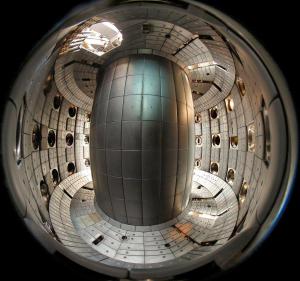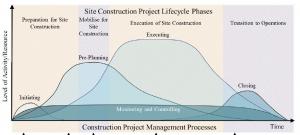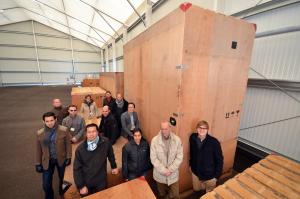What’s New
2 February 2015
ITER news digest for the period of 26 January 2015 to 2 February 2015.
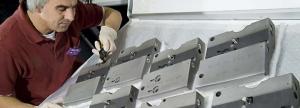
New year, new upgrades for JET tokamak
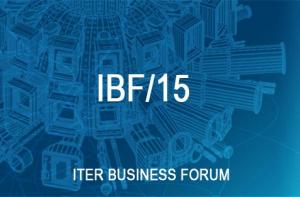
Reminder: ITER Business Forum in March
